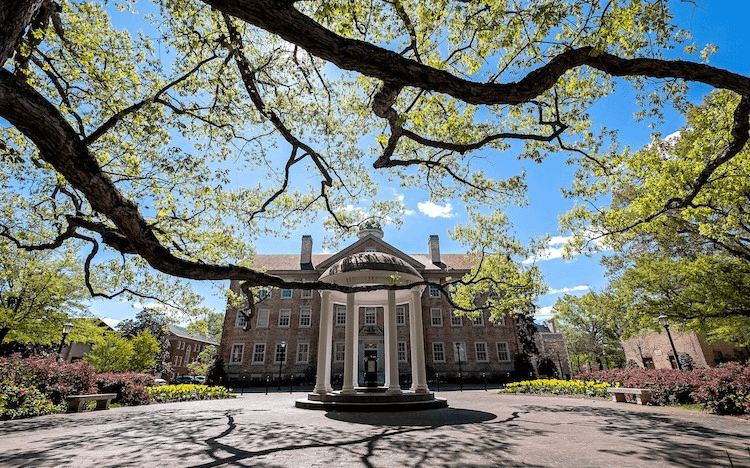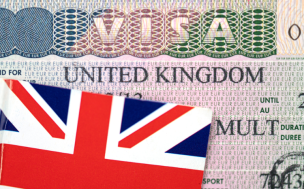The ruling was driven by the Supreme Court’s conservative majority, six to three, and covered two cases involving admissions at Harvard University and the University of North Carolina (UNC).
With affirmative action acting as a catalyst for greater numbers of Black, Hispanic, and other underrepresented minorities in US higher education, opponents feel the decision to end affirmative action delivers a blow to the cause of greater student diversity on campus.
The case was brought against Harvard and UNC by the advocacy group Students for Fair Admissions (SFA), who argues affirmative action policies are preferential to Black and Latino students.
Chief Justice John Roberts wrote the opinion for the conservative majority, saying the Harvard and the UNC admissions programs violated the Equal Protection Clause under the US constitution.
Joe Biden has condemned the decision: "We cannot let this decision be the last word," he said. "Discrimination still exists in America."
He also referenced the supermajority that the conservatives hold: "This is not a normal court.”
How was affirmative action implemented?
Originating in 1961 when John F Kennedy issued an executive order that all Americans have access to equal opportunities in employment, affirmative action has grown throughout the years.
In 1965, Lyndon Johnson barred federal organizations from discriminating based on race, color, religion, and national origin. Later that year, Richard Nixon’s assistant labor secretary Arthur Fletcher pushed for the Revised Philadelphia Plan, which required employers to set “goals and timetables” to hire more Black workers.
In 1978, despite the Supreme Court narrowly rejecting the use of a racial quota, it noted that higher education institutions could use race as a factor in their admissions process.
Why has affirmative action been banned?
This decision comes after the SFA argued before the court last October that race-conscious admissions policies violated Title VI of the 1964 Civil Rights Act, which bars discrimination based on race, color or national origin.
Chief Justice John Roberts referenced the case Brown v Board of Education, which ended segregation in education: "Eliminating racial discrimination means eliminating all of it."
SFA’s challenge against Harvard focused particularly on the treatment of Asian American students and a charge that the school intentionally discriminates against them by setting higher standards for their admission.
While the supreme court’s ruling has been a monumental decision, the affirmative action movement has been fought for decades.
In 1998, California voters approved Proposition 209, which outlawed affirmative action in its university system. Since then, eight more states have eliminated such race-conscious policies.
In 2016, the US supreme court narrowly voted to uphold race-conscious admissions.
What happens next?
Despite the court's decision applying to universities across America, the nine states that have already eliminated race-conscious policies might be an indicator of what’s to come.
For example, in a 2020 study, it was found that the ban caused Black and Latino students who might otherwise have gotten into UCLA and UC Berkeley to cascade down into less competitive campuses.
However, while the UC system saw an immediate drop in minority representation, efforts to increase diversity through other means have been effective.
UCLA currently admits a higher percentage of Black and Hispanic students than it did before the affirmative action ban came into effect.
While race can no longer be considered as a factor in the application, the Supreme Court’s opinion noted that applicants can still cite their race and discuss how it has affected their lives “be it through discrimination, inspiration, or otherwise.”
How universities implement these alternate ways of diversification will likely vary from state to state, not necessarily reflecting the efforts the Californian schools have made to diversify their student body through holistic efforts.
The University of Texas law professor Steve Vladeck says the effect of this ruling will be significant.
"The decision goes a lot farther than the court really wants you to believe," he said. "For all intents and purposes, it makes it virtually impossible for colleges and universities to continue to take race into account."
Next Read:







